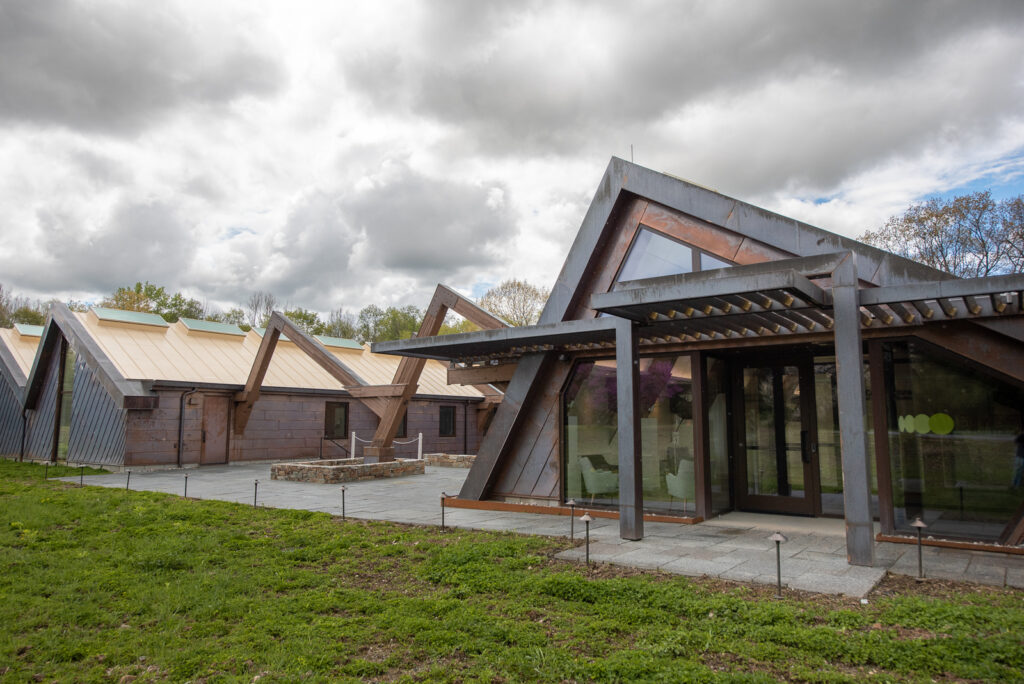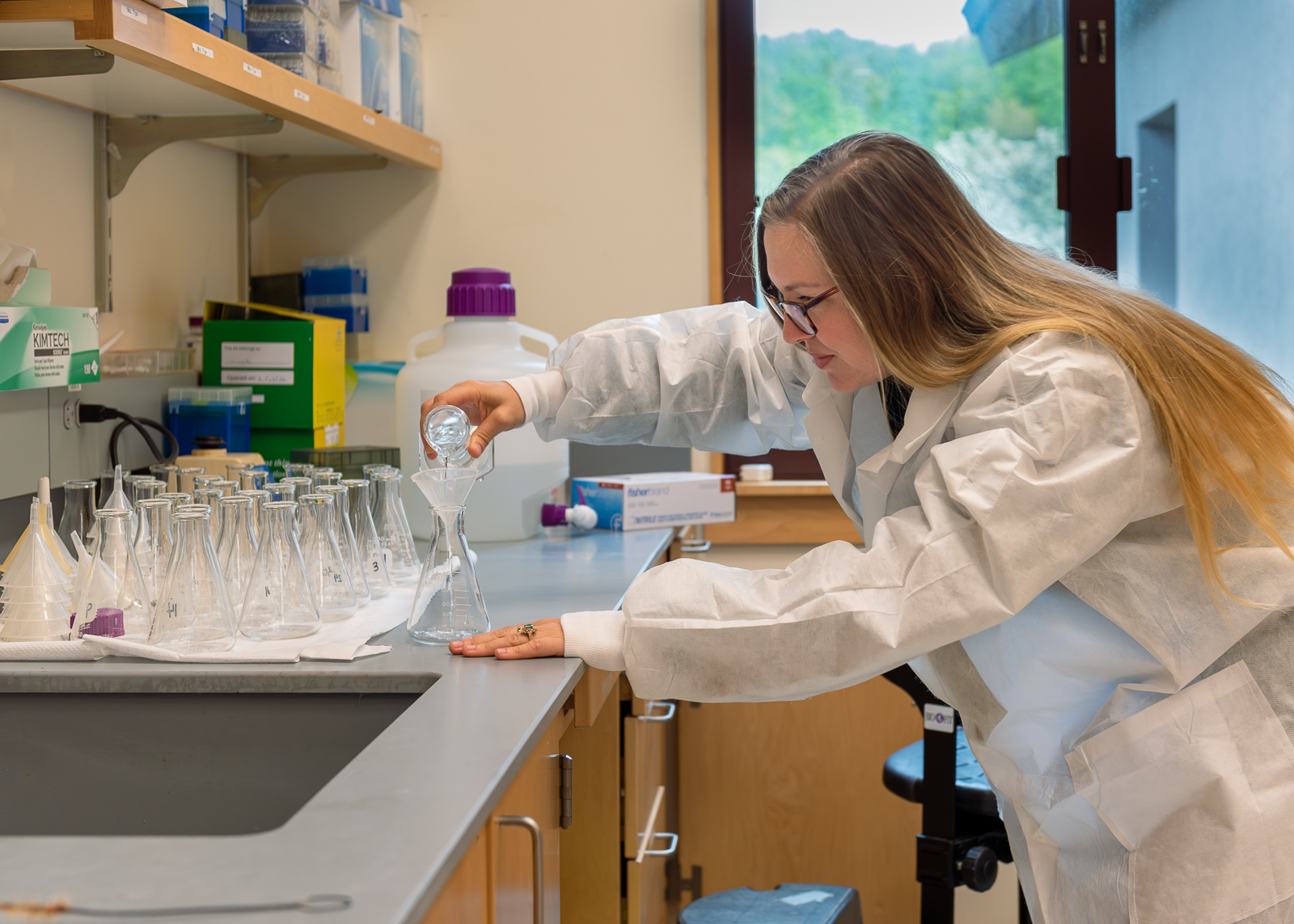Cary Institute Scientists Advise How to Slow Climate Change
By ML Ball
Photos by Sabina Eberhard
The bad news is we’ve screwed up the climate. The good news is it could be worse. The best news is there are things we can do that can make a difference.
According to two scientists at Cary Institute of Ecosystem Studies, Dr. Stuart Findlay, Aquatic Ecologist, and Dr. Jane Lucas, Community Ecologist, that’s cause for optimism. Located on Sharon Turnpike in Millbrook, Cary Institute is one of the world’s leading independent environmental research organizations. Its scientists are global experts in the ecology of freshwater, forests, disease, and cities, and its 2,000-acre campus and educational programs are open to the public.

“What’s working in our favor,” Dr. Findlay explains, “is that there’s a lot of inertia in the system. Given the amount of CO2 that’s been emitted over the last 50 to 75 years, we should be way worse off than we are. We’ve bought time because the oceans and forests take up a lot of CO2.”
Dr. Lucas adds, “We’re not going to hit utter collapse but there is an urgency. Soil is where most of our terrestrial carbon is and will continue to be a critical place for carbon storage. If we could increase the carbon in soils by just 0.4 percent, it would nearly compensate for all the annual CO2 released into the atmosphere.”
One way to do this, Dr. Lucas says, is by rethinking your lawn. “In the U.S. we like these beautiful bluegrass lawns, but that kind of grass doesn’t have a big root mat. Roots help keep soil in place, which in turn enables carbon storage. What would be better would be to allow the grasslands that are natural to this area to grow.”
Drs. Findlay and Lucas agree that one of the biggest problems in the Hudson Valley is that the climate is not only getting warmer but wetter. “The biggest consequence is the change in storm intensity and frequency,” Dr. Findlay says. “For people in Millbrook, excessive stormwater could overwhelm the wastewater plant. Untreated sewage could run into a creek and then into the Hudson River, which is bad.”
Intense heat is another problem. “When we get hot, dry periods followed by severe storms, the rain lands on hard ground and doesn’t seep into the soil,” Dr. Lucas says. “When it runs off, it pulls off a lot of the topsoil, so the carbon that should stay in the ground gets washed away.”
Sea level rise is yet another contributing factor. Along the Metro-North train line, there are many low-lying areas that in ten or 20 years will be underwater. On the wetlands side of the tracks, water is already rising faster than the plants can adapt and they’re drowning.
Yet, all is not lost. There are a number of things we can do to move the needle, such as an energy audit to determine your household energy efficiency (consult Google), fly less, buy carbon credits from airlines to offset your carbon footprint when you do fly, drive less, and start composting. —caryinstitute.org

